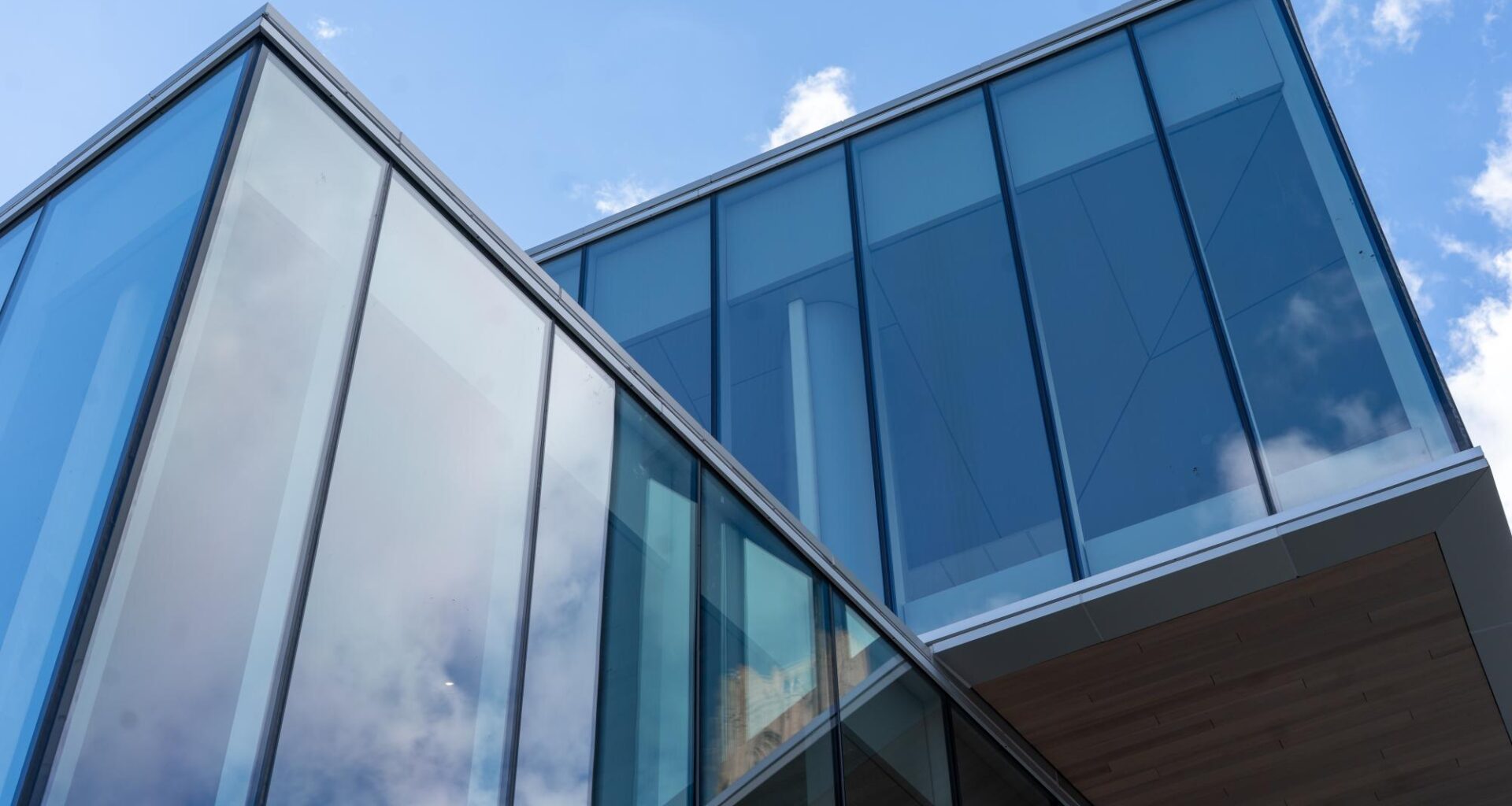Oakland’s architectural landscape is transforming.
As new Pitt campus facilities and multi-story residential projects continue to rise across the neighborhood, the architectural character of Oakland continues to evolve alongside its historic foundation.
Pitt recently completed several construction and design projects across its campus, including the Recreation and Wellness Center and Hillman Library renovation — both featuring modern and glass-cased exteriors.
Numerous additional construction projects are underway in South Oakland, including new housing developments and taller apartment complexes. A nine-story residential development planned for 250 Atwood St. and a 12-floor residential unit planned for Halket Street are among the slated developments. Oakland’s newer apartment complexes include the HERE and SkyVue apartments, with the Caroline apartments currently under construction.
Drew Armstrong, director of architectural studies at Pitt, said he feels that new modern architecture on Pitt’s campus is best identified by a shift of materials.
“The transparency and lightness of glass is at the forefront of the architecture we see now on Pitt’s campus,” Armstrong said. “This is happening very recently with Hillman and the Recreation Center, where the exteriors are fundamentally sheathed in glass.”
In contrast, Armstrong said Pitt’s historical campus buildings reflect a range of architectural styles from different periods and cultures throughout history.
“For many of Pitt’s older buildings, architects took inspiration from the Middle Ages in Europe and from the Renaissance,” Armstrong said. “With newer additions coexisting alongside historical buildings, you can see the history of architecture before your eyes.”
According to Pitt’s new Campus Master Plan, the planning and design of buildings require a focus on stewardship to meet the current and future needs of the University. Gina Bleck, vice chancellor for planning, design and construction, said that new projects undergo thorough review to ensure they respect Oakland’s historical architecture and legacy.
“All projects go through an internal evaluation, as well as review by the City Planning Department and the Historic Review Commission when applicable. There is an appreciation and stewardship of the historic legacy within Oakland that the Campus Master Plan continues to embrace,” Bleck said.
Julia Gilardi, a senior civil engineering major, said she has also noticed a major shift in architecture on Pitt’s campus towards sustainable and modern design.
“The new Recreation and Wellness Center was built with many LEED initiatives in mind, and I have seen a shift toward more sustainable construction that leans into the modern architectural style. On Pitt’s campus, the two seem to go hand-in-hand, which is great,” Gilardi said.
Gilardi said she feels there has always been a distinct charm to the broader Oakland area due to the coexistence of a variety of architectural styles.
“From an aesthetics point of view, it’s very different to walk down Forbes Avenue with its modern buildings and then turn into South Oakland, where there is a completely different style of buildings,” Gilardi said. “There’s a clear shift between the increasing modern buildings and the older, college-town style — but this adds to the charm.”
The changing styles have spread to South Oakland, according to Gilardi, with plans for taller, more modern housing units becoming increasingly prevalent.
“Twelve-story buildings as opposed to houses that are three units tall is a drastic shift in the [South Oakland] neighborhood and community,” Gilardi said. “The construction of these new buildings has a big impact on the community.”
As physical accessibility becomes more considered in architecture, Gilardi said she has noticed a contrast between new campus buildings and South Oakland housing, which she feels are much older and inaccessible.
“Everywhere is steep, and buildings are far older in South Oakland — so the new buildings like Hillman and the Recreation Center that are built with important regulations and accessibility in mind definitely reflect a shift in our time and modernity,” Gilardi said.
Armstrong said he believes buildings must be modified and changed over time as conditions and the needs of people change, such as for accessibility purposes.
“There are very practical things that make it necessary to rethink how we design buildings. One is a heightened awareness of wheelchair accessibility, and this is clearly the idea at Hillman and many other Pitt buildings,” Armstrong said.

